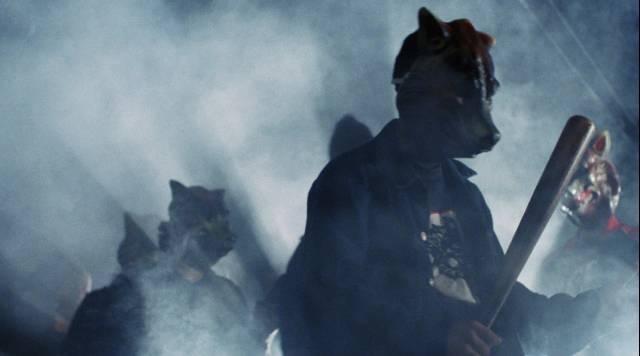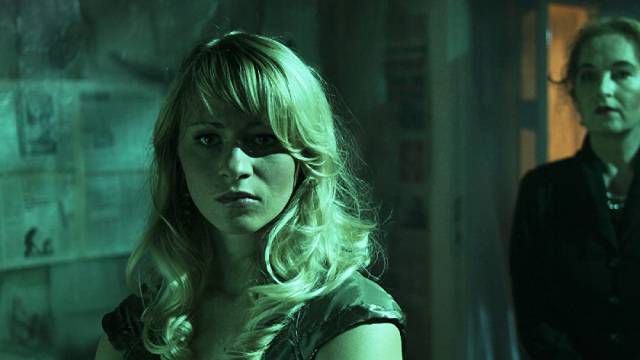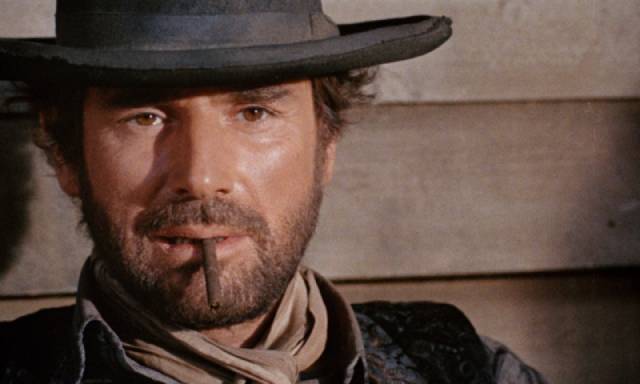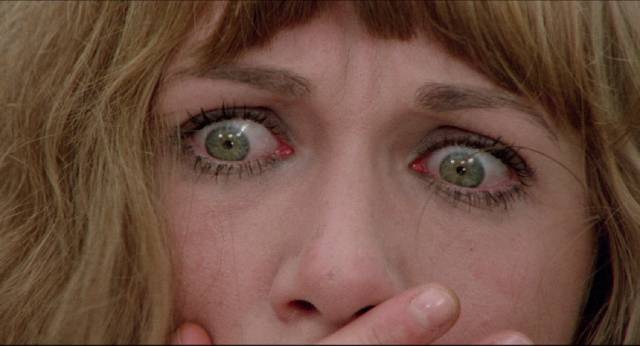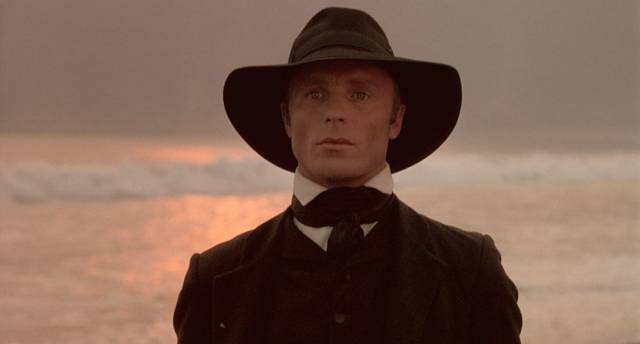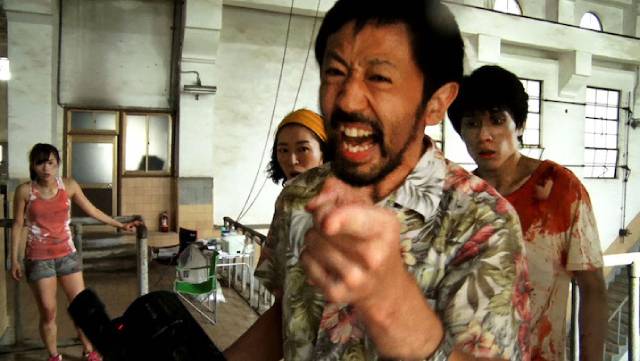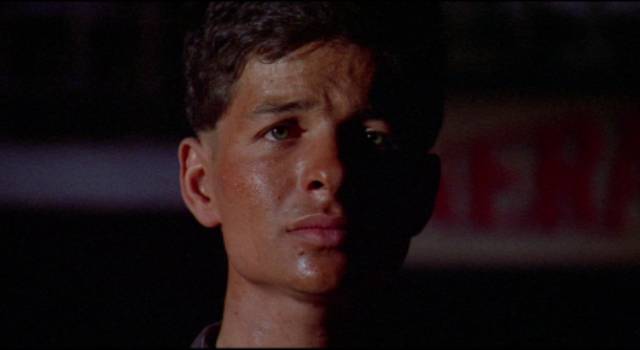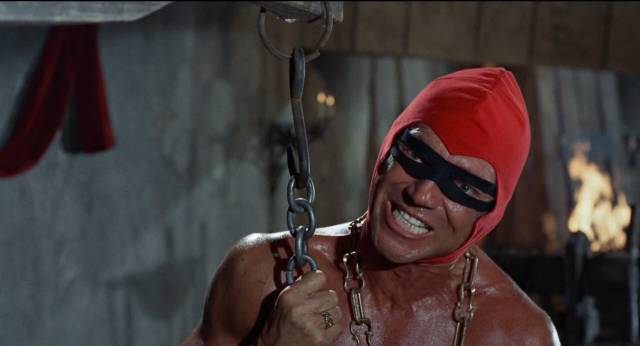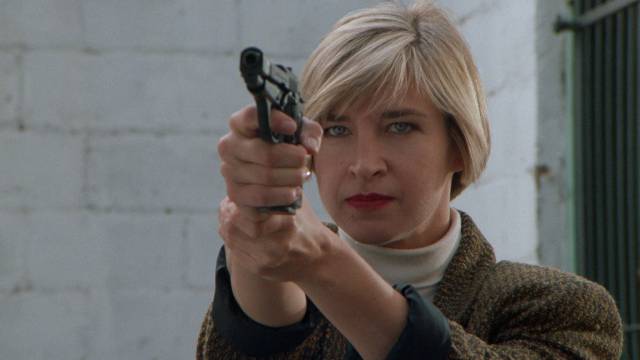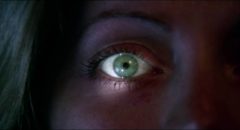
Arrow’s big pre-Christmas sale brought a wide range of titles, some old, some new: Juan Simon Piquer’s Spanish slasher Pieces (1982), Chelsea Stardust’s horror comedy Satanic Panic (2019), Giancarlo Santi’s spaghetti western The Grand Duel (1972), Lee Min-jae’s horror comedy Zombie for Sale (2019), Jill Gevargizian’s psycho horror The Stylist (2020),Nico Mastorakis incoherent first feature Death Has Blue Eyes (1976), a Japanese double bill of sci-fi crime movies, Nobuo Adachi’s The Invisible Man Appears (1949) and Mitsuo Murayama’s The Invisible Man vs the Human Fly (1957), Riccardo Freda’s mix of melodrama and giallo Double Face (1969), Jacques Tourneur’s late film noir Nightfall (1956), and Giorgio Ferroni’s atmospheric Gothic horror Mill of the Stone Women (1960).
